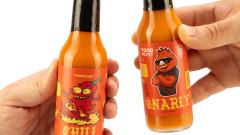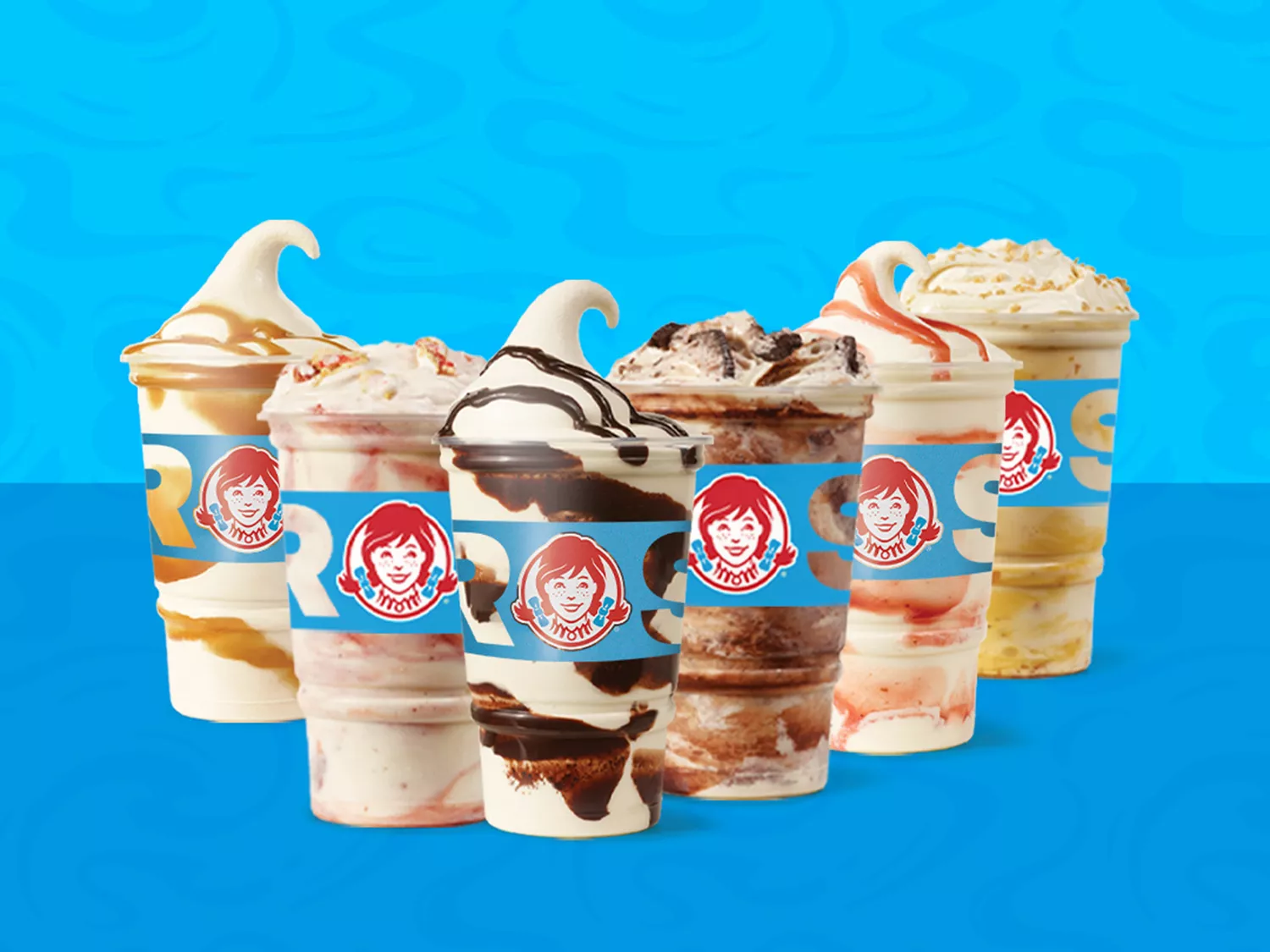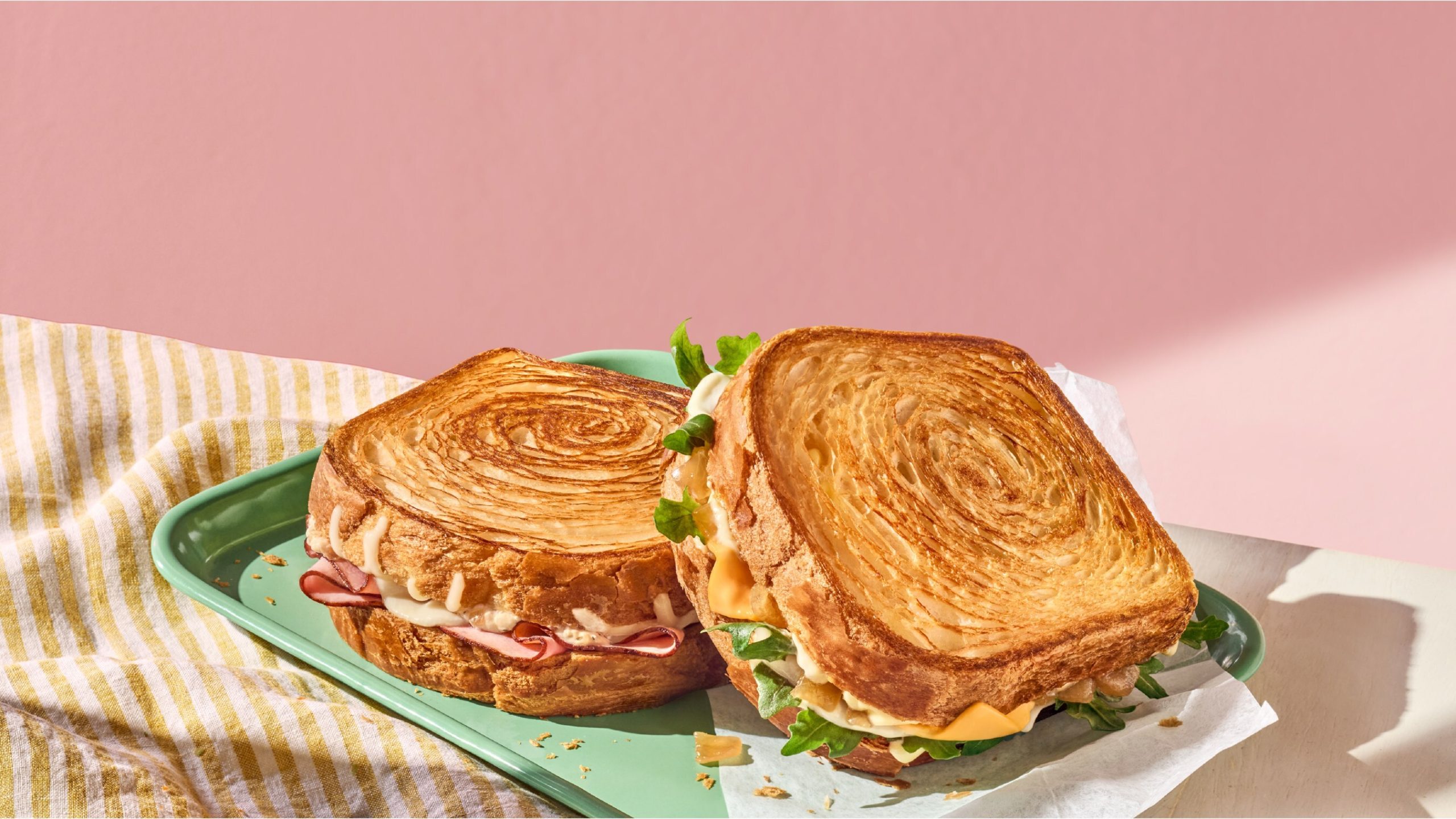Dive Into The Delicious History Of Birria With ‘Birria World’ Docu-Series
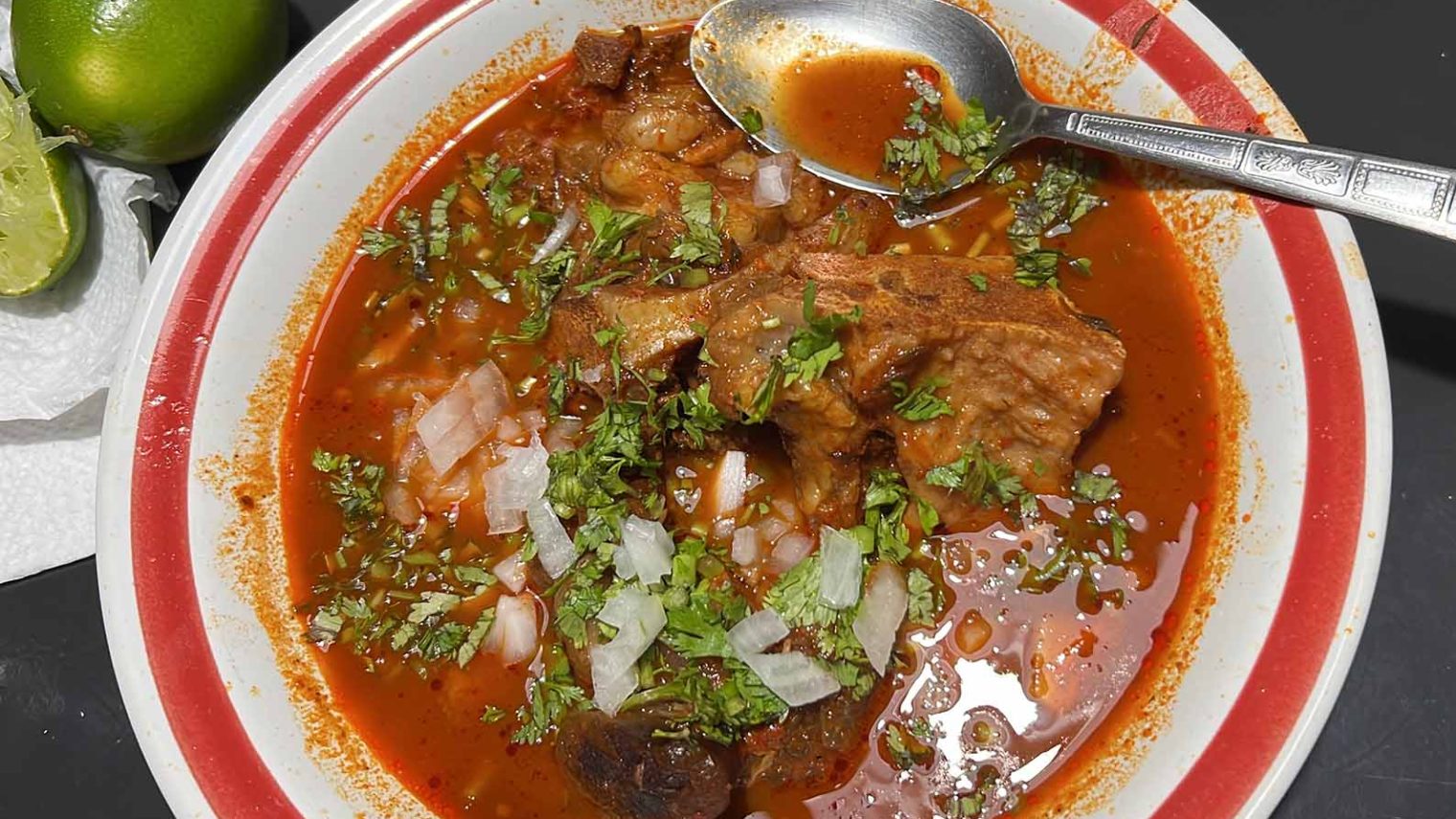
Mexican cuisine has become an integral component of America’s culinary landscape. The craving for a late-night burrito is unmatched, and when it comes to handheld eats, tacos are arguably the top choice. Those only scratch the surface of Mexican food, which offers a wide range of delicious dishes and varies from region to region.
Birria is another surefire source of savoriness from our southern neighbors. Originally from Jalisco, Mexico, it’s a mouthwatering meat stew that is used as a dressing and dip for tacos stuffed with slow-braised meat. Traditionally, it’s made with goat meat, one of several animals brought to the country by Spanish conquistadors in the early 16th century. Goats subsequently became a nuisance to Mexico’s native environment, destroying crops and overbreeding. To prevent further damage, locals began using them as a food source.

A man named Chalio Luis is responsible for introducing birria to the States. He brought his family to America as a participant in the government’s Bracero program, which granted Mexican farm and railroad workers entry. They began selling traditional chivo (billy goat) birria from their home in the early 1970s before opening Birreria Chalio in 1987. The move was pivotal in introducing birria to Los Angeles’ food scene. Today, Chalio’s son, Raul Luis, continues the family tradition as the owner of several locations.
“His initial challenges were how to cook birria away from home. [A friend] directed him to people he knew or who had access to the right people. Where do you buy chivo? It wasn’t readily available so he had to buy a live goat and slaughter it in his backyard. Another challenge was creating the oven, he had to dig a pit and cut the wood to cook the birria. I recall on one occasion the fire department was dispatched to our house to investigate a fire. There were many obstacles that could have prevented him from initiating what would later become Birrieria Chalio,” Raul Luis recalls.
Traditionally, birria was only served during special occasions. Birrierias (restaurants that specialize in birria) are now common throughout Mexico and offer many styles. While goat is still popular, any slow-cooked protein can be used. In Hidalgo, for example, they prefer beef and refer to it as barbacoa. Beef is also America’s protein of choice. That said, Chalio’s upholds tradition by still offering authentic chivo birria.
“Birria represents a bond or a glue (a beacon) that attaches unknowingly to oneself. Birria is a portal to those past memories that occurred once in a lifetime: Baptisms, quinceaneras, weddings. The dish reminds us of the simple things in life: Happiness, dancing, singing, and laughter. During these occasions, people were in the greatest of spirits, while attending these special events,” Raul Luis shares.
Raul Luis has now set out to share the history of birria and educate the public about its cultural background and value. He’s launched a docu-series on YouTube named “Birria World,” that follows his journey. In the series, he visits different birrierias, interviews birria makers, and shares little known facts. While birria has surged in popularity recently, most people are still unaware of its historical significance.
“Birria culture as we know it has diminished significantly, I recall Birria de Chivo being served at a majority of weddings, quinceaneras, and baptisms as a dish. It has since been replaced by other dishes. Many older consumers of Birria can still be heard talking about past events when birria was served. They also still recall the cultural historical value Birria de Chivo held. The younger generation have not been able to make the connection to Birria that their parents or grandparents made. The new generation introduction to birria is beef Quesabirria tacos,” Raul Luis explains.
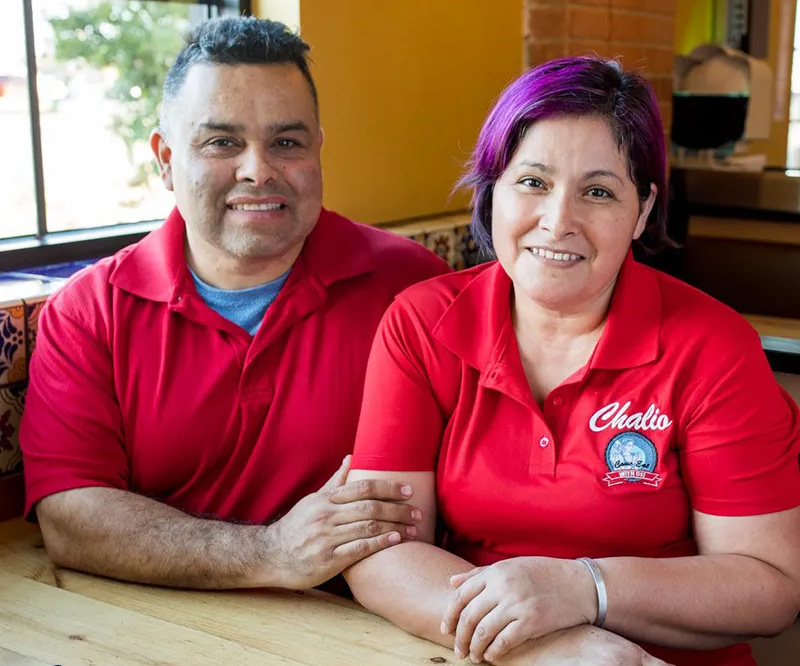
Innovations like birria pizza and ramen are more familiar to new generations than traditional birria de chivo. Raul Luis hopes that Birria World will help change that.
“What I find interesting while creating Birria World is how many of the children with parents of Mexican descent have not eaten the Traditional Birria de Chivo; their introduction to Birria is beef Quesabirra Tacos, and they have no knowledge of the rich cultural historical value this dish has meant for their parents or grandparents. The silver lining is most of them actually enjoy the taste of chivo when they try it, and when they hear their parents trigger memories that have long been forgotten, that is special,” Raul Luis says.
To learn more about birria, you can follow his journey on YouTube. There are new episodes uploaded monthly.













